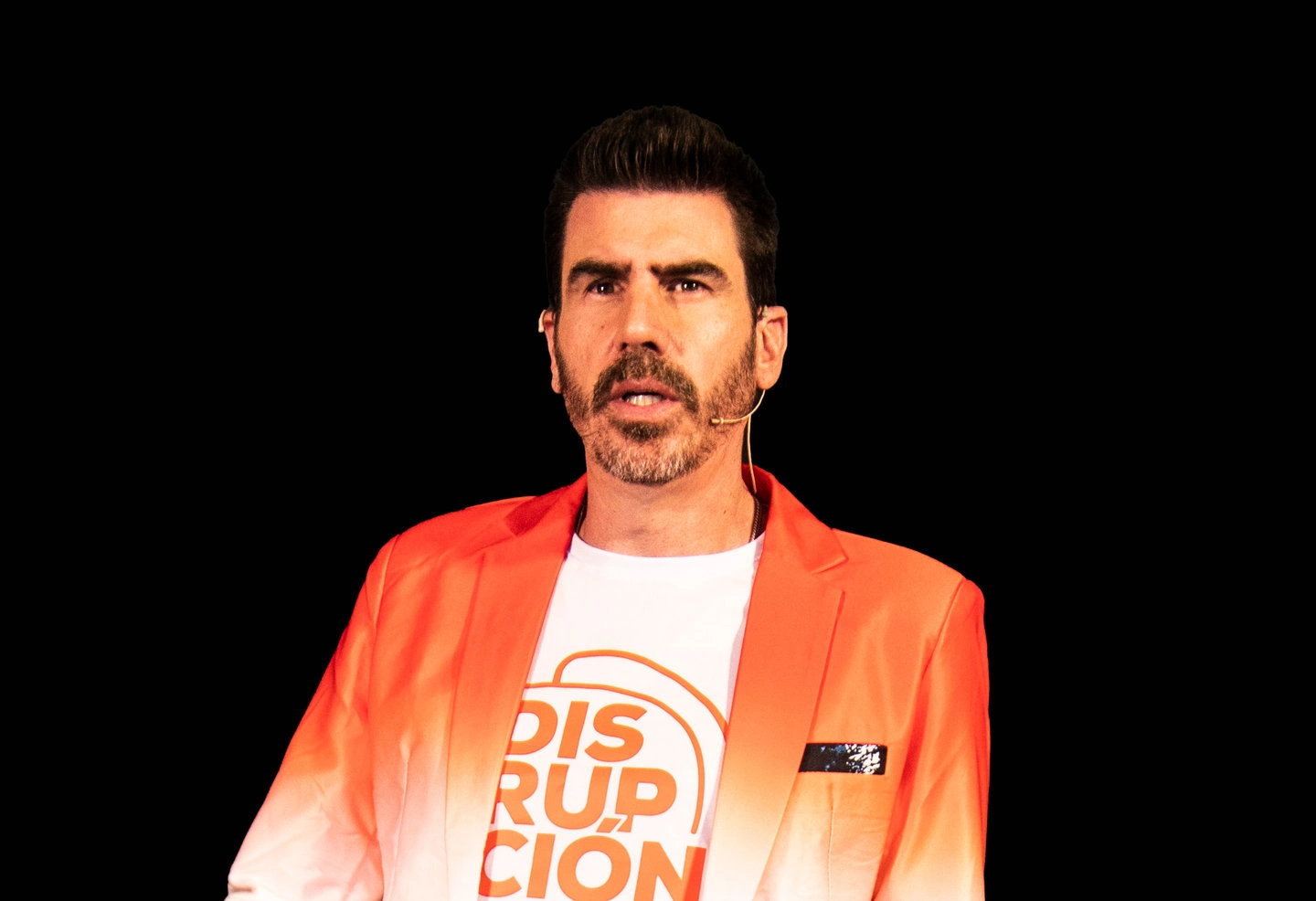Your Genesys Blog Subscription has been confirmed!
Please add genesys@email.genesys.com to your safe sender list to ensure you receive the weekly blog notifications.
Subscribe to our free newsletter and get blog updates in your inbox
Don't Show This Again.

This blog was written by Robert Harris, President of Communications Advantage, Inc., and Founder of Audit the Cloud.
Gartner defines customer personas as “archetypal representations of existing subsets of your customer base who share similar goals, needs, expectations, behaviours and motivation factors. Personas are powerful tools that aid in marketing and customer experience (CX) planning, as they offer insight into what customers want and how they will engage.” Personas often include potential interests, hobbies, ethnicity, age and gender.
Let’s talk about age. When it comes to generational personas, where do the assumptions come from? Are they based on solid research, or anecdotal scenarios? Many impressions about age differences are based on observations of recreational technology use. How many times have you watched the four-year-old in your family, or in a public setting, maneuvering their Amazon Kids tablet and thought, “I could not imagine doing that as a child!”
The “Digital Native” theory from 2001 by Marc Prensky “Digital Natives, Digital Immigrants” came from watching millennials use now outdated technology such as camcorders, CD-ROMs and AOL. In theory, Generation X and Baby Boomers would have never learned to stop printing out their emails before reading them. The entire concept was reassigned to Gen Z a few years ago, now crowned the first generation that grew up completely online. The generation changed, but the assumption remains the same: Older people are less comfortable with technology.
We made this mistake in the 1990s when I worked for a Medicare Advantage company. We assumed that the 65 and older clientele always needed their call answered by a live person. But guess what they disliked more than navigating a menu? They disliked pointless waiting. These members were adapting to phone menus like everyone else — and some wondered why they needed to speak to the receptionist, just to wait in queue for Member Services.
In 2020, we learned how adaptable people are in an unprecedented way. The COVID-19 pandemic lockdown normalised the technology experience of everyone from kindergartners to grandparents. Everything was done at home, over video and on social media. This accelerated the adoption of technology out of necessity.
The AARP report “2022 Tech Trends and the 50-Plus” showed significant changes in the use of technology over two years among older adults and seniors. Driven by the pandemic, a majority of seniors — even those in the over 70-year-plus demographic — significantly increased smartphone ownership and usage, social media, video chatting, and attending virtual events. Out of necessity, older adults were very successful at adopting technology, even beyond the ages in the workforce.

AARP 2022 Tech Trends and the 50-Plus
Dr. Brittne Kakulla, Ph.D., the author of the study, is the Senior Insights Manager for Technology at AARP. Her April 2023 work, “The 50-Plus Gamer of Today and Tomorrow” revealed that “45% of people 50-plus are gamers. Among these gamers, 45% say they spend time gaming every day. Notably, women lead the way in daily activity, with 52% playing every day vs. 37% of men.”
The report continues, “Even though smart speakers and smart TVs join the ranks, the No. 1 gaming device for those 50-plus is still the smartphone, with 84% identifying it as their gaming device of choice and three in ten (30%) exclusively using their smartphones for gaming.”
How about that? The oldest gamers are mobile first!
So, whether we’re planning tools for employees or journeys for customers, we don’t need to be afraid to put well-designed technology at the forefront, regardless of the age demographic.
Carolyn Rojsutivat, a Lead UX Engineer and Product Designer at a Fortune 5 company sums up the importance of accessibility. “When it comes to human-centred design, we shouldn’t be designing interfaces that are exclusive to a specific generation or based on assumptions about them. User-friendly interfaces should be easy to use, simple, and meet the needs for a diverse user population and across multiple generations, and we do this by following accessibility and inclusion guidelines set by the Web Content Accessibility Guidelines (WCAG), usability heuristics, and adapting designs to common screen sizes and devices. Regardless of age, humans have a varying degree of physical and cognitive abilities, particularly in areas such as vision, motor skills and memory. These guidelines and heuristics help overcome those limitations, such as low vision and hearing difficulty.”
Note that the limitations Carolyn mentions are not an exclusive generational state of mind or attitude. When you design for impaired vision, you include people of all ages with impaired vision.
An opposite assumption is that millennials or Gen Z workers or customers automatically “get” whatever technology you throw at them. Once again, this comes from watching recreational use of technology but it doesn’t translate into automatic technology intuition.
Thinking this way as you design both your employee and customer experience strategies could cause you to underserve younger consumers and workers. A 2023 Dell Technologies Report, “Future Proof – Elevating the voice of Gen Z to shape the Economies of Tomorrow” revealed that “Over two-fifths (44%) of respondents said that school only taught them very basic computing skills and around one-in-ten (12%) did not receive any education in technology or digital skills at all.” This is mirrored by a La Salle Networks Report on recent college graduates, “What the Class of 2022 Wants,” which indicated that 48% of the graduates felt under-prepared in technical skills for the workforce.

A multigenerational approach to technology planning means several things. It means investing in training instead of assuming that your millennial and Gen Z workforce automatically “get it” — and that your older workforce never will.
Eleven years ago, in my nojitter.com post, “Millennials and Collaborative Tech: 5 Reasons Not to Freak Out,” I observed that “If office staff has not adopted your latest collaboration brainchild, maybe it’s not because they are ‘old fogies.’ Maybe it’s just a bad design.”
Carolyn Rojsutivat emphasised that UI design is very important for good customer and employee experiences (EX). “Good UI designs optimise the interaction between human and product, which leads to an increase in efficiency and effectiveness in accomplishing tasks and improves overall user satisfaction of the experience. Poor UI designs often lead to feelings of frustration and anger, which decrease user engagement, product adoption and brand loyalty. Good user experience often goes unnoticed because it becomes second nature, whereas poor ones leave a lasting impression. Most of the time, users don’t want to support a company or feel more inclined to leave a negative review because of their one poor experience. Sometimes a company only has one chance for a good user experience.”
Whether you get one chance with a prospective employee, or a lifetime of chances with a captive customer, properly designing your CX and EX is the right approach. A good interface design can reduce the need for extensive customer support, as users find it easier to navigate and troubleshoot on their own. It improves the overall perception of your brand. As we add AI, bots and self service to our CX and EX portfolio, let’s never settle for just good enough. Make that interaction a key differentiator, that sets you apart as a leader in customer and employee experience.
For more insights about multigenerational CX or other technology questions, reach out to Robert or visit Communications Advantage, Inc. online.
Subscribe to our free newsletter and get the Genesys blog updates in your inbox.